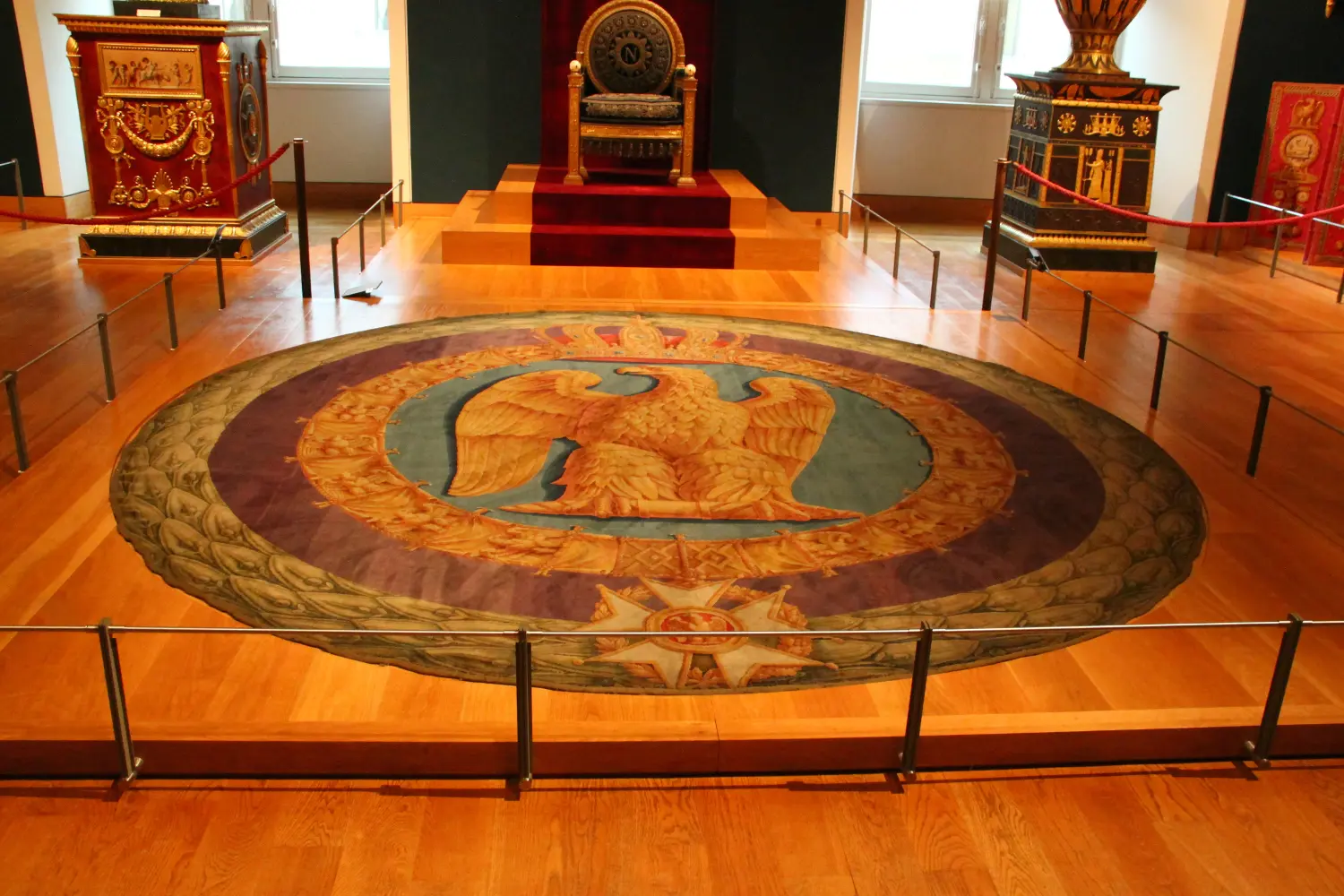When I visited Paris, the Louvre was one of those places I couldn’t wait to explore because it is, after all, one of the best museums in Paris. Everyone talks about the Mona Lisa – and yes, I saw her too, surrounded by crowds and cameras. But what stayed with me long after I left wasn’t her enigmatic smile. It was the glitter of the jewels – diadems, tiaras, and crowns that shimmered quietly behind glass.
I remember standing there, mesmerized, in front of the Princesses’ Jewels – intricate masterpieces that once adorned empresses and queens. At that moment, I never imagined that some of these very treasures would one day vanish in one of the most daring heists in modern history.
Today, as I read about the October 2025 robbery at the Louvre, I realize just how lucky I was to have seen them – perhaps for the last time.
The Timeless Allure of the Louvre
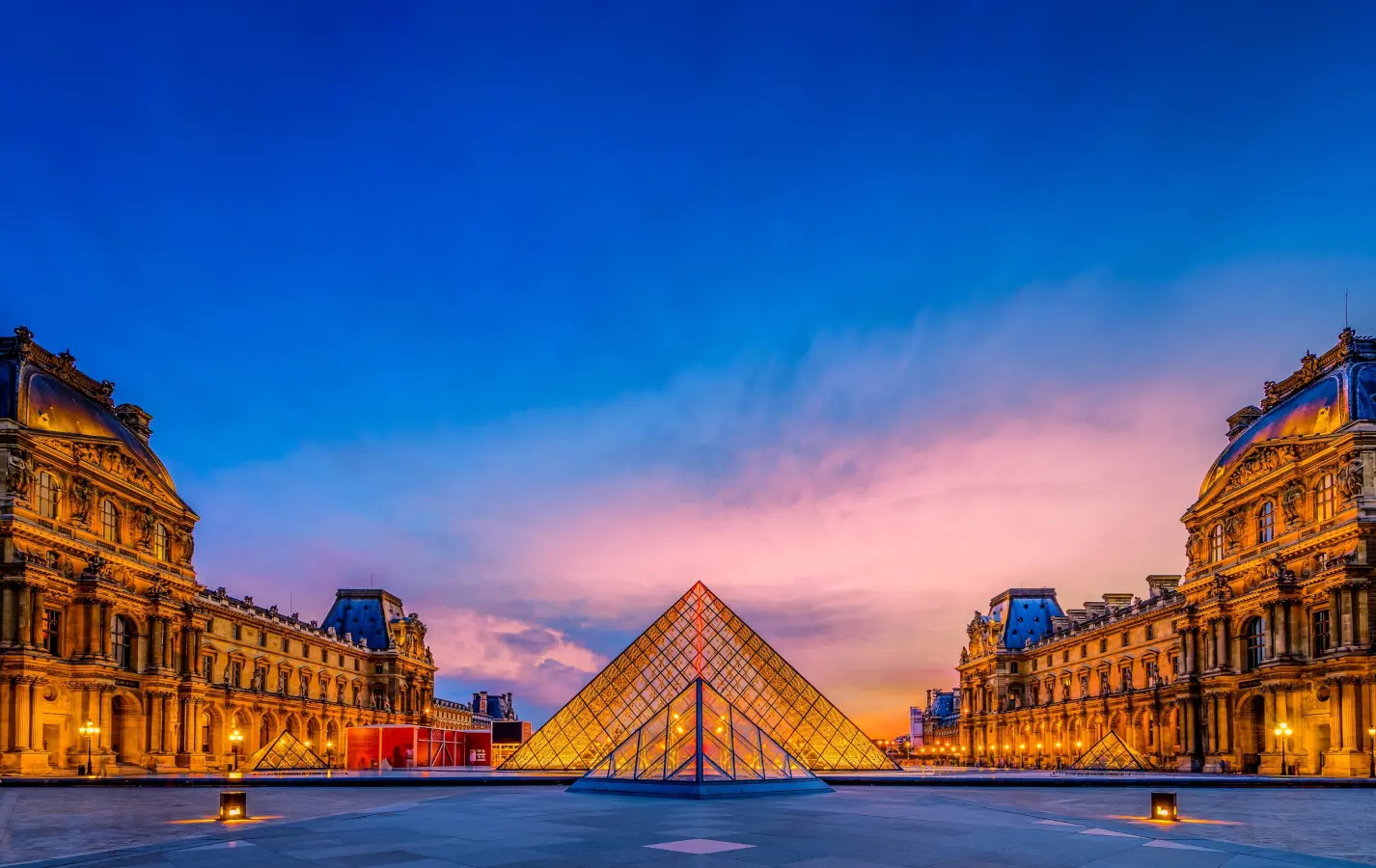
ID 59598244 ©Jun Tang | Dreamstime.com
The Louvre Museum is more than an art collection. It’s a universe of history, power, and beauty contained within centuries-old walls. Every corridor whispers stories of empires, revolutions, and dreams turned to stone and gold.
Even with the endless crowds and the overwhelming size of the place, I never skip major museums when I travel. They are humanity’s memory – living testaments to who we were, what we valued, and how we expressed it.
That’s why I walked into the Louvre’s Galerie d’Apollon – one of the most magnificent rooms in the museum – with childlike excitement. The gilded ceiling glowed above me, and beneath it lay some of France’s most precious treasures: the Crown Jewels of France.
The Jewels of Empresses and Queens
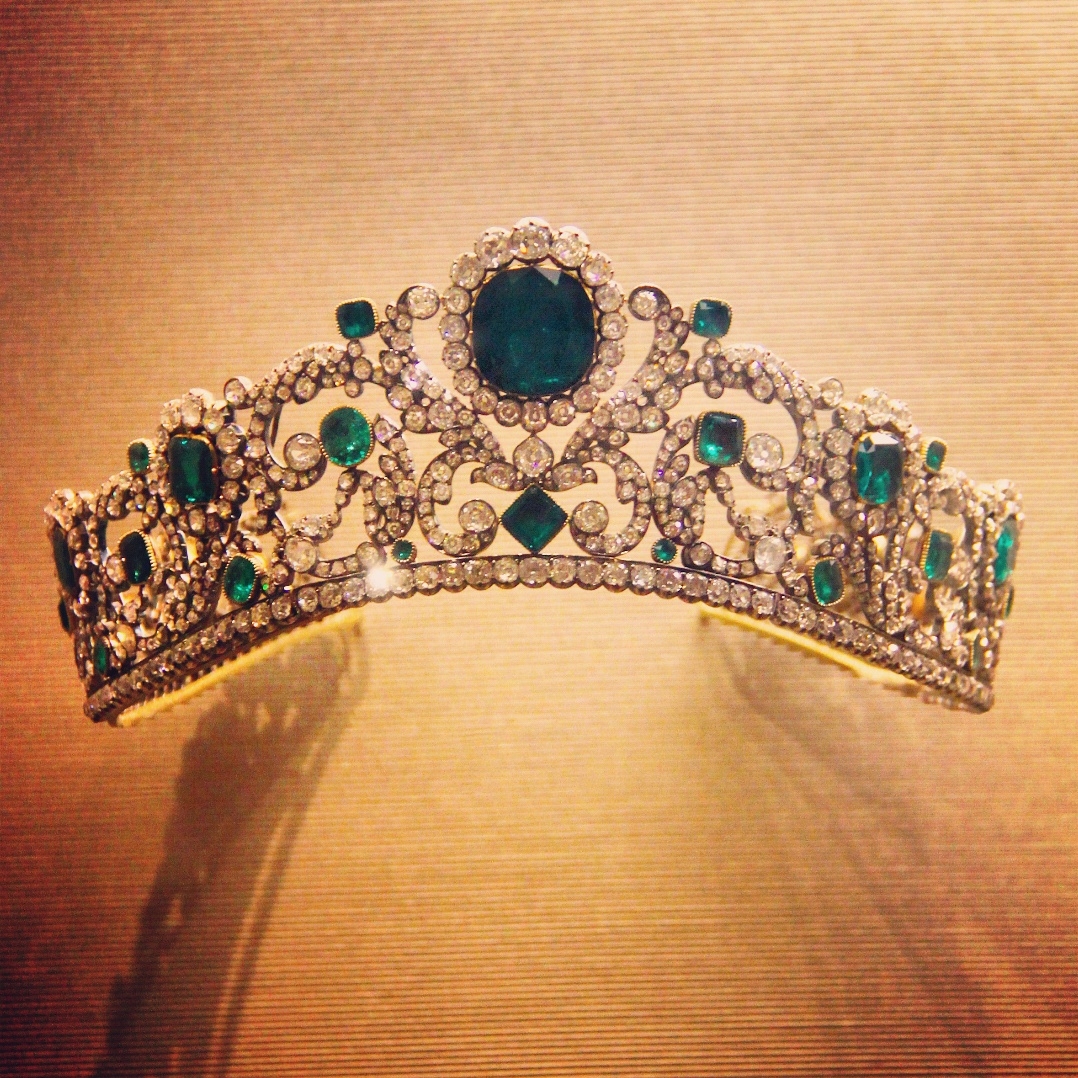
The first piece that caught my attention was a breathtaking emerald and diamond tiara, once part of the collection of Empress Marie-Louise, Napoleon Bonaparte’s second wife.
The rich green stones, set in intricate scrolls of diamonds, seemed almost alive under the lights. It’s one of those pieces that remind you that art and craftsmanship often blur into one another.
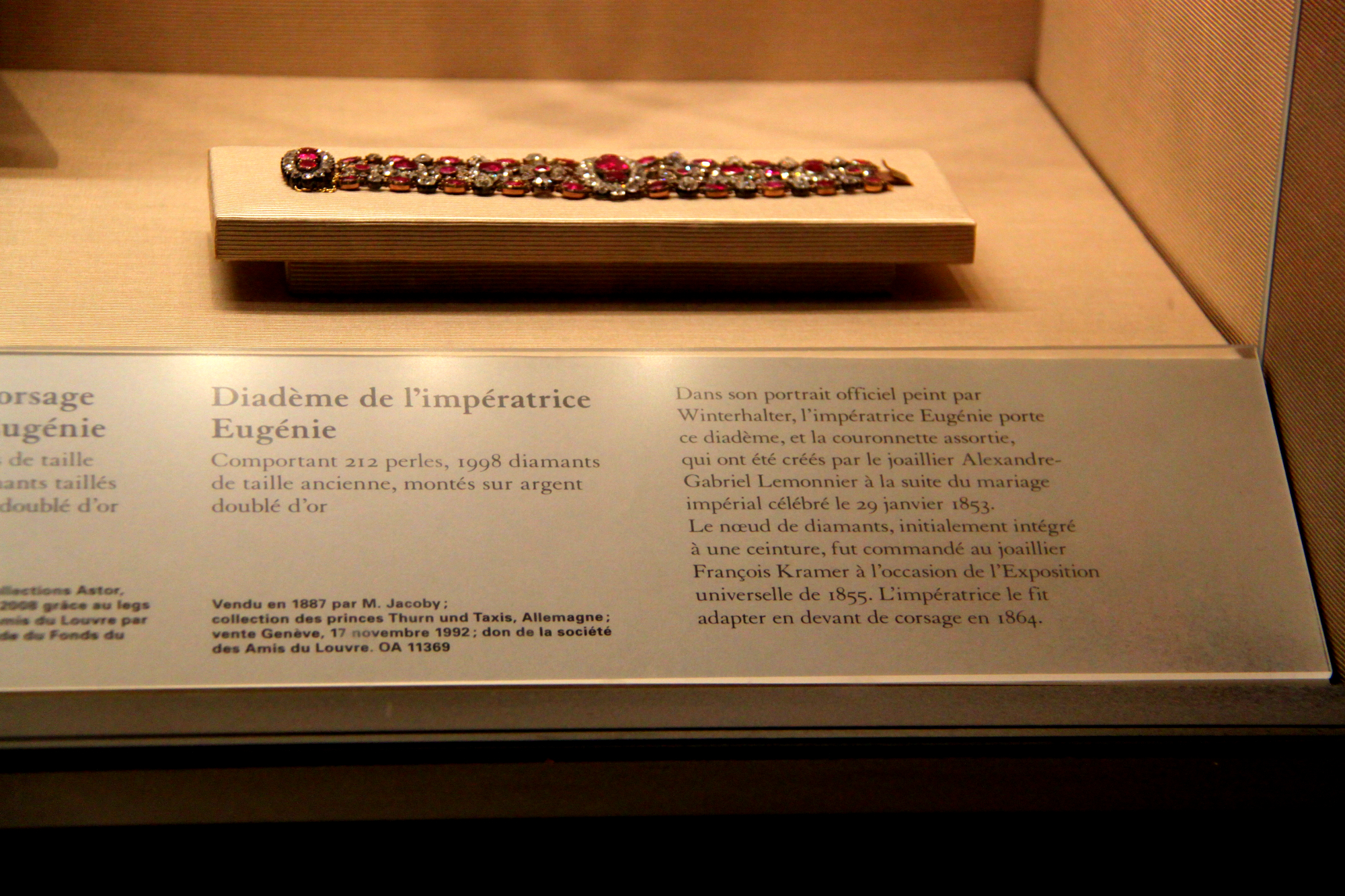
Nearby, a label read “Diadème de l’Impératrice Eugénie.”
Created by the jeweler Alexandre-Gabriel Lemonnier in the 1850s, this diadem features 212 pearls and 1,998 old-cut diamonds mounted in silver and gold. It once adorned Empress Eugénie, the wife of Napoleon III, who was celebrated for her taste and style. Seeing it up close, I could almost imagine the sparkle of a royal ball, chandeliers glittering as this crown caught the light.
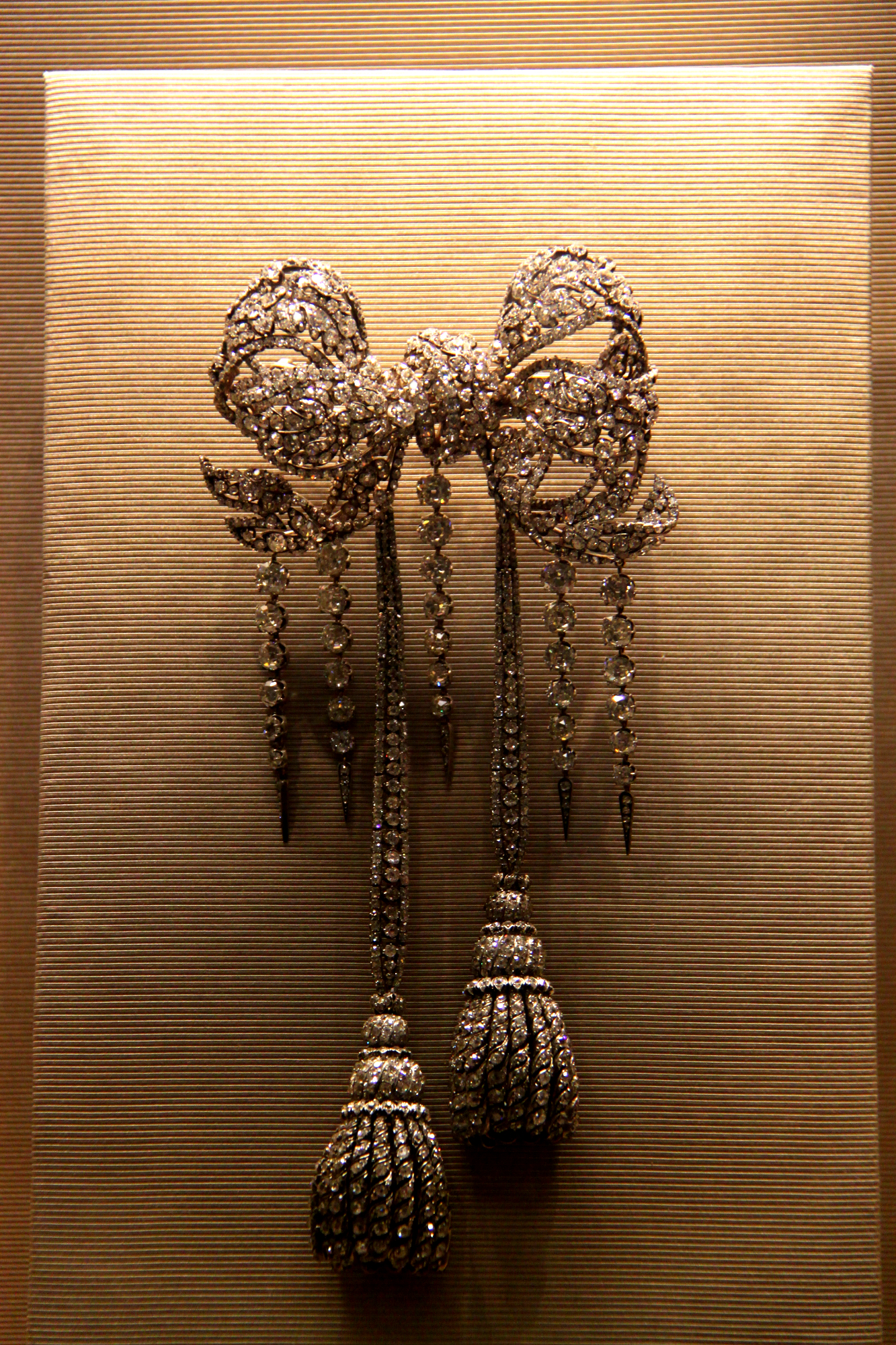
The diamond bow brooch displayed nearby looked delicate, yet it radiated power – every stone meticulously arranged, every tassel shimmering. This wasn’t mere decoration; it was a statement of empire, artistry, and ambition.
I love this brooch – I would definitely wear it (I love brooches!)
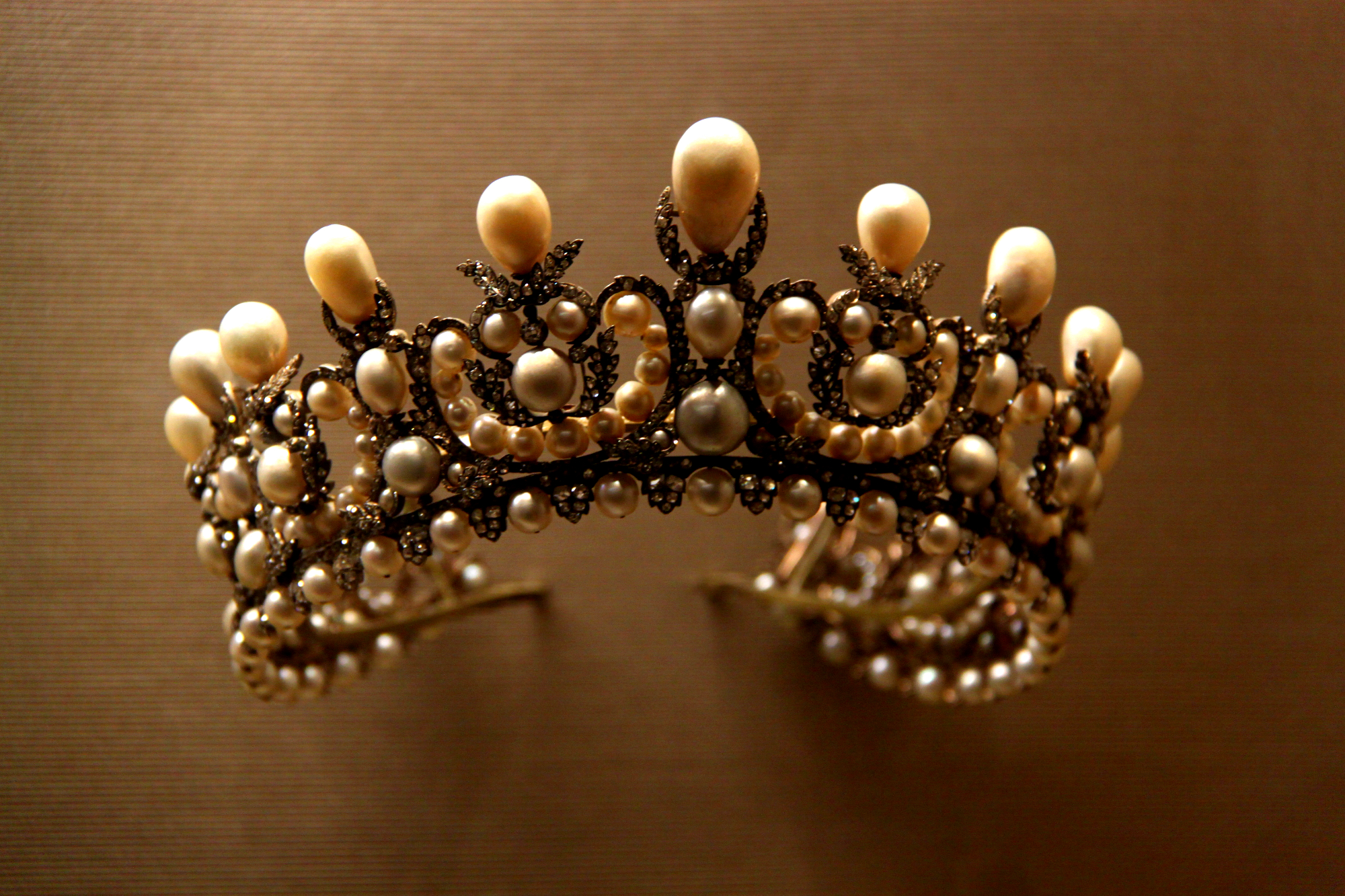
And then there was the pearl tiara, its soft luster contrasting with the fire of diamonds. The pearls seemed almost human – imperfect, glowing, alive.
Should I add that I love tiaras too?
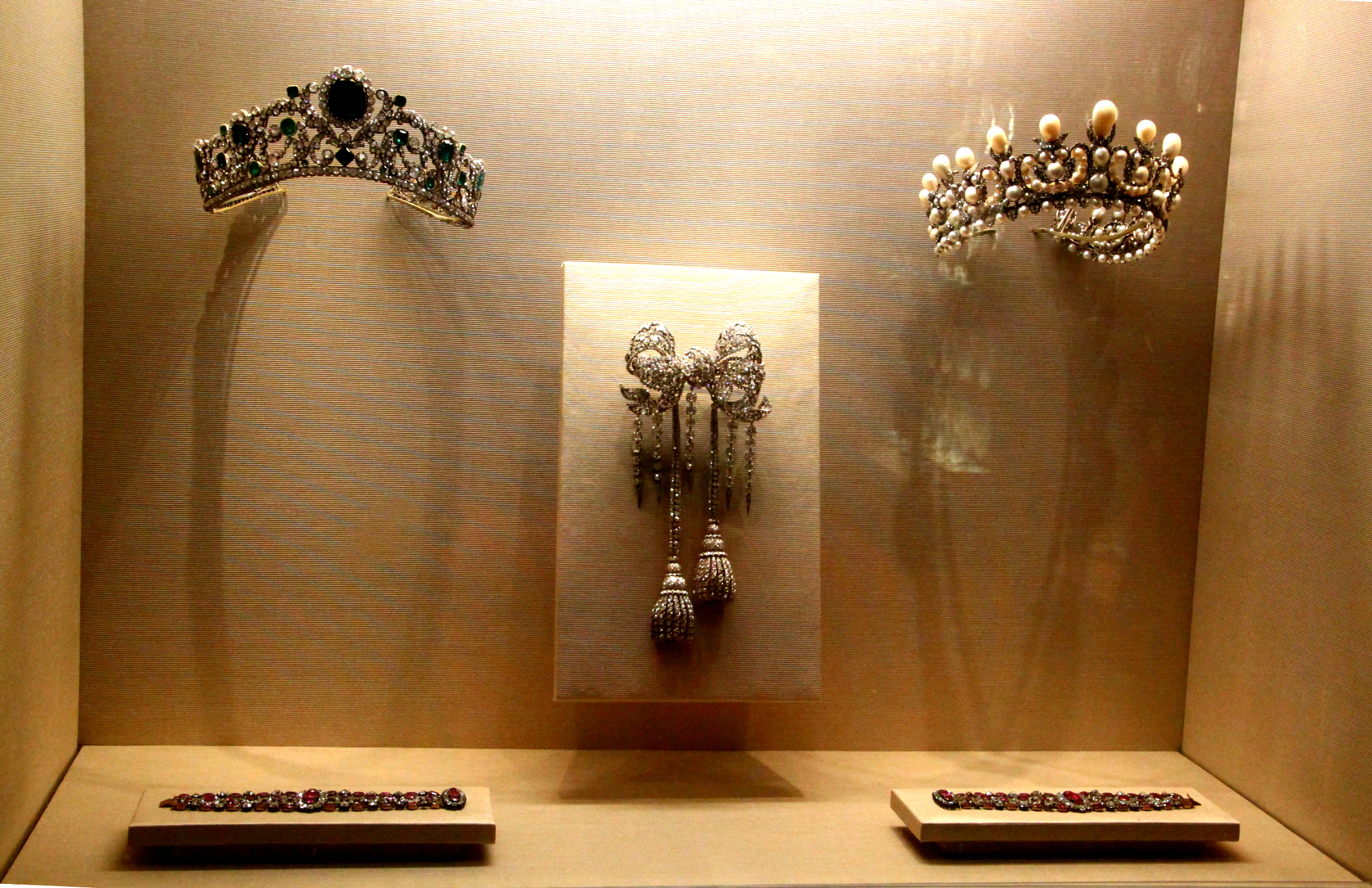
I took my time with these jewels. I moved slowly, reading every label, taking photos, and whispering “wow” under my breath more times than I care to admit. Each diadem and bracelet was not just jewelry — it was a fragment of history, a reflection of a person, a dynasty, an era.
I didn’t know then that these photos and memories might someday be all that remains of them.
And I have to add that by the time we got to this part of the Louvre, we were already tired!
Napoleon’s Apartments – The Power of Grandeur
From the Galerie d’Apollon, I continued my visit through the Napoleon III Apartments – a space that feels like walking through a dream woven in red velvet and gold.
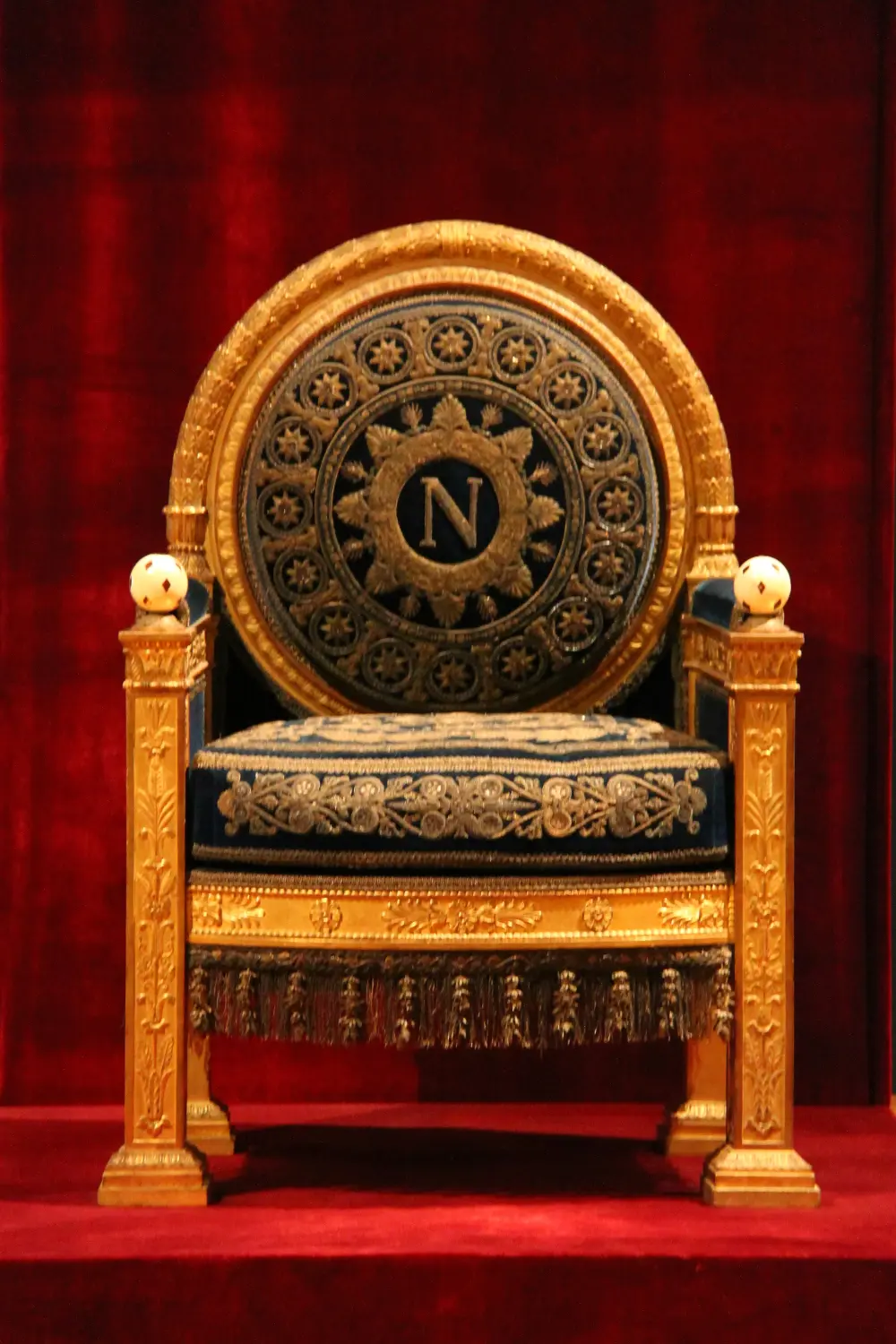
There, at the center of one grand room, stood Napoleon’s throne, gilded and magnificent, with the imperial “N” embroidered in gold thread.
The craftsmanship, the symbolism – every detail reflected the authority and vision of an empire that shaped Europe.
In front of the throne, a large carpet bearing an imperial eagle within a medallion stretched across the polished floor.
This piece, created in 1810 for Napoleon’s marriage to Marie-Louise, once graced the throne room of the Palais des Tuileries.
Standing before it felt like standing in a history book – one where every thread told a story of power, love, and legacy.
I still regret not spending more time here – but, again, we were on a rush and already tired.
The Heist That Shocked Paris – October 19, 2025
Just after 9:30 a.m. on October 19, 2025, while the Louvre was open to visitors, a team of thieves carried out a four-minute heist in the very Galerie d’Apollon where I once stood in awe.
According to Time Magazine, the group used a truck-mounted elevator to access the building and cut through glass cases using power tools. In a matter of minutes, they escaped on motorbikes with several Napoleonic and royal jewels, including pieces belonging to Empress Marie-Louise and Empress Eugénie.
The Guardian reported that the operation lasted less than seven minutes and targeted “inestimable heritage objects” rather than items of pure market value. Among the stolen jewels were an emerald necklace, sapphire sets, and a tiara once worn by Empress Eugénie. One of the crowns — reportedly dropped during the escape — was later recovered, damaged.
No injuries were reported, but the loss is immeasurable. These jewels weren’t just adornments – they were fragments of France’s soul.
And for me, knowing I once saw them, photographed them, stood before them – it feels surreal. A privilege I didn’t realize I was having at the time.
The Dacian Treasure Theft – January 2025
Sadly, this isn’t the only recent blow to cultural heritage.
Just months before the Louvre robbery, another theft made international headlines – one far closer to home for me.
In January 2025, priceless Dacian treasures belonging to Romania were stolen from the Drents Museum in Assen, the Netherlands, during the Dacia – Empire of Gold and Silver exhibition.
According to Romania Insider, thieves used explosives to break into the museum during the night of January 24–25, stealing a ceremonial gold helmet from Coțofenești (circa 450 B.C.) and three Dacian gold bracelets dating from around 50 B.C. The entire operation took less than three minutes.
The stolen artifacts had been insured for €5.8 million, part of a larger €30 million policy covering the exhibition. However, the incident sparked outrage and political debate in Romania over why such invaluable originals were sent abroad without sufficient protection.
Romanian authorities have since created a special crisis cell to investigate, while the Drents Museum maintains that its security met contractual obligations. But the damage – cultural and emotional – is already done.
I’ve seen those treasures multiple times in Bucharest, and to imagine them gone, possibly melted or forever lost, is heartbreaking. They are part of Romania’s soul, just as the imperial jewels were part of France’s.
For me, it is a personal regret too because, while I took many photos of them, I lost them all (an external hard drive was destroyed, and I lost a lot of things on it, including photos).
Heritage, Loss, and the Fragility of Beauty
Both thefts – the Louvre heist in Paris and the Dacian treasure robbery in Assen – remind me how fragile history really is. We think of museums as eternal, yet all it takes is four minutes, or three, to erase what centuries preserved.
I keep returning to the same thought: I was there. I saw them. The diadems, the pearls, the gold helmet. I walked through rooms filled with history, unaware that I was witnessing something that might soon cease to exist.
Sometimes, we only understand the value of a moment long after it’s passed.
I am so grateful I had the chance to see them up close!
Why Visiting Museums Matters More Than Ever
We live in an age where everything can be streamed, viewed, or scrolled – but nothing compares to standing in front of something real. To look at an artifact and feel its presence, its weight, its quiet defiance against time – that’s an experience no photo can replicate.
Even if the Louvre is crowded. Even if the lines are long. Even if our feet ache after hours of walking – we should still go.
Because museums are not just collections of objects. They are living testaments to humanity’s creativity and resilience. They hold the echoes of empires, the dreams of artists, the faith of civilizations.
When I travel, I always make time for museums – large or small. You never know when an exhibit you admire will disappear, or when a piece you love will be lost forever.
And yes, I know, some museums (especially the famous ones) are crowded.
Many call them tourist traps.
Some say they become common – same type of art, same painters – different works of art.
For me, they are amazing opportunities to see the masterpieces.
And yes, I wish – or, rather, I hope – to be able to go to Paris again and to the Louvre too. I think that even if I spent a week there, each day, I would still find details and interesting things to see!
I will continue to include museums on my itineraries – and I am glad that my son likes them too.
My Plea for Presence
Sometimes I scroll through my Louvre photos and pause at the sparkle of those tiaras or the gleam of Napoleon’s throne. They remind me not only of history but of impermanence.
And yes, we can see them online too- because the Louvre is one of the best 30 museums with free tours available online.
The treasures I may never see again live now only in memory – and perhaps, in the hearts of everyone who once stood before them.
So visit the museums. Take your time. Breathe in the art and the silence. Because what you see today might not be there tomorrow – and seeing it once, in person, might be the greatest privilege of all.

